What does the future of work look like?
 Image: Shutterstock[br]
Image: Shutterstock[br]Much of the discourse surrounding the future of work has revolved around what it means for employees. It has primarily focused on sparking or assuaging fears of a world, where the technological overlords are at the helm of our organisations, or prescribing the competencies that individuals need to survive in the cutthroat business landscape that lies ahead. And while these discussions are of utmost importance, they cannot be put into perspective without considering the implications that the fourth Industrial Revolution will have on executives and their decisions.
One of the first areas that sees a drastic change due to innovation is a company’s workforce. This has never been more apparent than it is in the 21st century, when the way we work has been turned on its head. Labour sourcing options are no longer limited to full- and part-time employees, but have expanded to joint venture employees, managed service providers, contractors, gig workers and even crowdsourcing! This, combined with the increasing irrelevance of the physical workplace, comes with the most obvious advantage of providing employers with a larger talent pool than ever before.
In addition to connecting employers to the right kind of talent, this also helps optimise the cost of human resources by saving on office space. Following an alternate model of employment helps companies provide fair, pro-rata pay in exchange for high-quality work, which may not always be possible on a conventional payroll. But that’s far from all, these developments also help managers find the right employment models for each role and the employee that it belongs to. This is essential, as the demographics of the workplace are undergoing a seismic shift, which will result in millennials constituting a whopping 75% of the workforce by 2025. 48% of those in the age group surveyed by Indeed said that they would consider quitting their job if their current organisation eliminated its remote work policy. If that wasn’t enough, 53% of employees across all ages said that they would be willing to take a pay cut if they could telecommute.
Just offering the remote working option isn’t enough, though. A recent study by Slack concluded that 85% of all employees wanted to feel closer to their remote colleagues. It is, therefore, up to managers to foster employee engagement, while trying to emulate the atmosphere of a physical workspace by leveraging digital tools. As simple as they may seem, measures like open communication, complete transparency and a few check-ins that are unrelated to work can go a long way in boosting the morale and productivity of your remote team.
The people aren’t the only variable in the equation that will change in the years to come, though. The shift in human capital is but a consequence of the much larger change in the commercial landscape that technology has ushered in. The overwhelming majority of enterprises now deploy a vast range of technologies at different levels within their organisation. One unfortunate consequence of the way this change has taken place, however, is that most businesses have deployed different technologies in silo.
But there seems to be a visible shift, especially with the ubiquity of cloud-based platforms and software in the enterprise space. Businesses are very interested in identifying ways to improve productivity, mobility, speed-to-market and reduce costs. Cloud computing enables business improvements for companies of any size or complexity — from global Fortune™ 100 companies to the two-person small business. The workforce is only becoming more diverse and spread out. Companies have to contend with employees on the move, those that work at home and in multiple countries around the globe. Most of these employees and companies already embrace the cloud computing environment, without realizing they’re even accessing cloud applications. That’s the power of it.
In the end, integrating existing technologies and applications using a unified platform will be one of the most crucial problems for businesses to solve, if they want their existing and future technologies to reach their full potential. This is especially true when it comes to their data, which is often stored on separate servers or data centres. The interaction between data plummets in these scenarios, which can keep firms from identifying important patterns in it. It is, therefore, essential for companies to integrate their data and applications, in order to streamline their workflow. This also offers the added benefit of drastically bringing down operational costs and reducing the time to market, while also making operations more secure.
There are many more variables that come into play when deliberating upon what the next few decades hold. However, the two elements that are always going to remain a constant are people and technology, though their level of sophistication will vary at different points in time. It, therefore, stands to reason that any venture that manages to make the most of them has a long, prosperous future lying ahead.



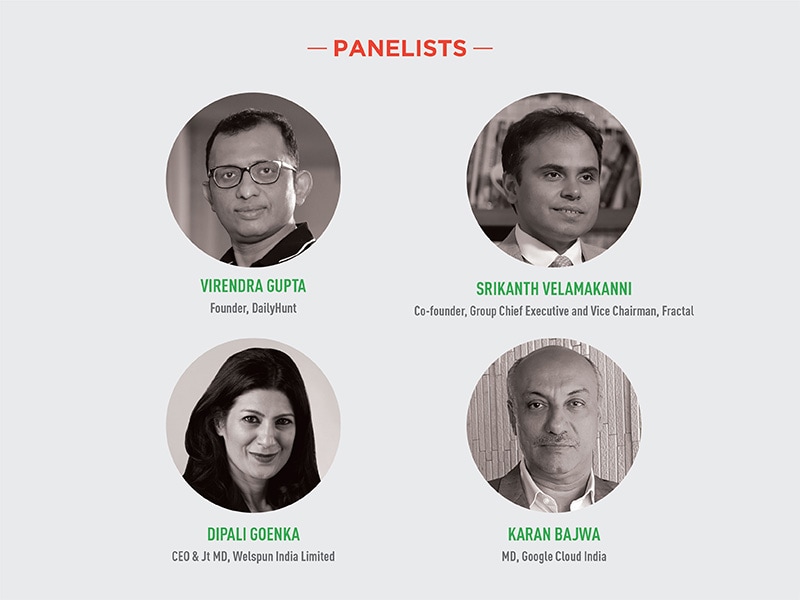
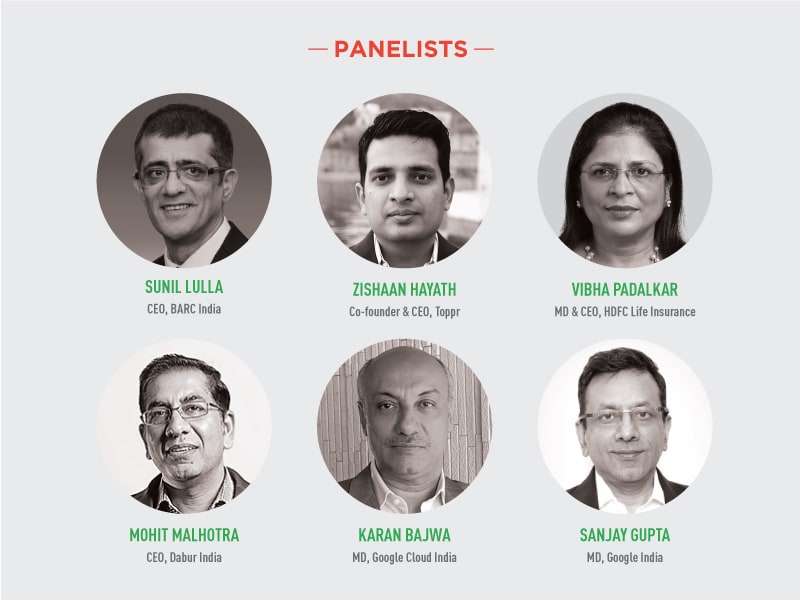
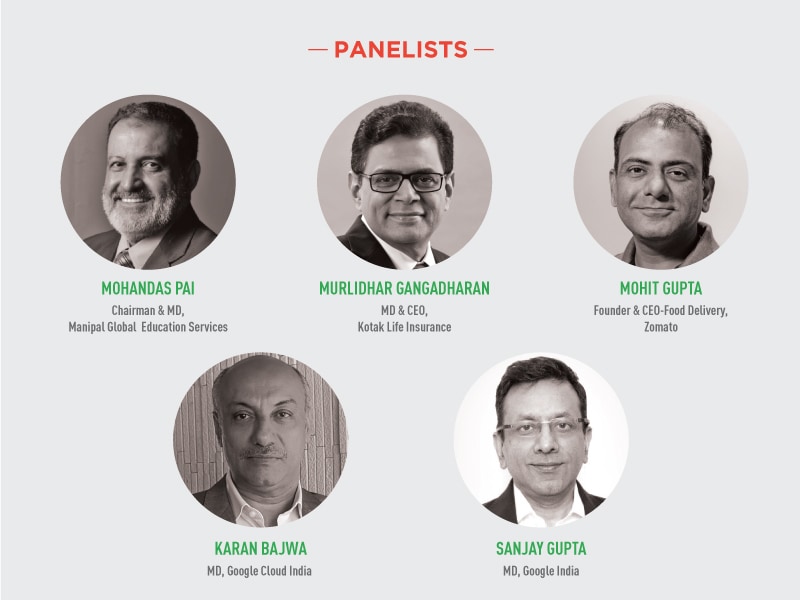
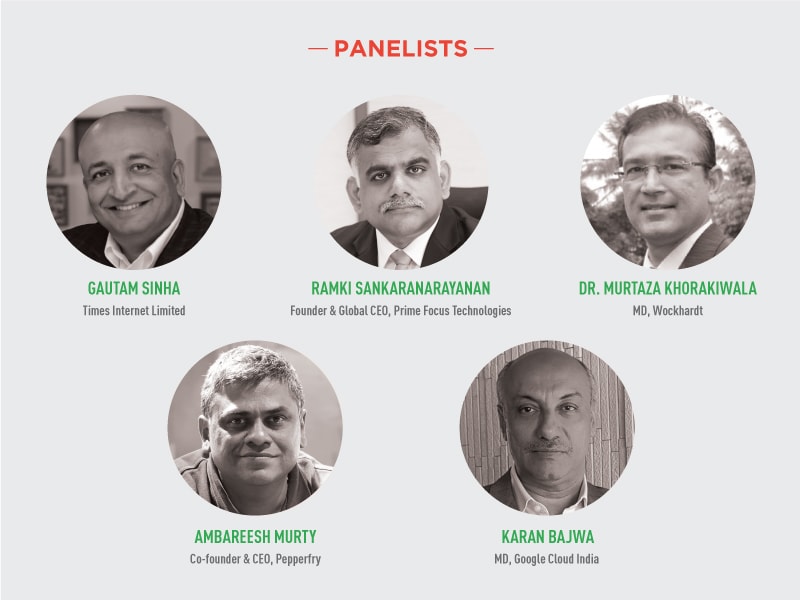
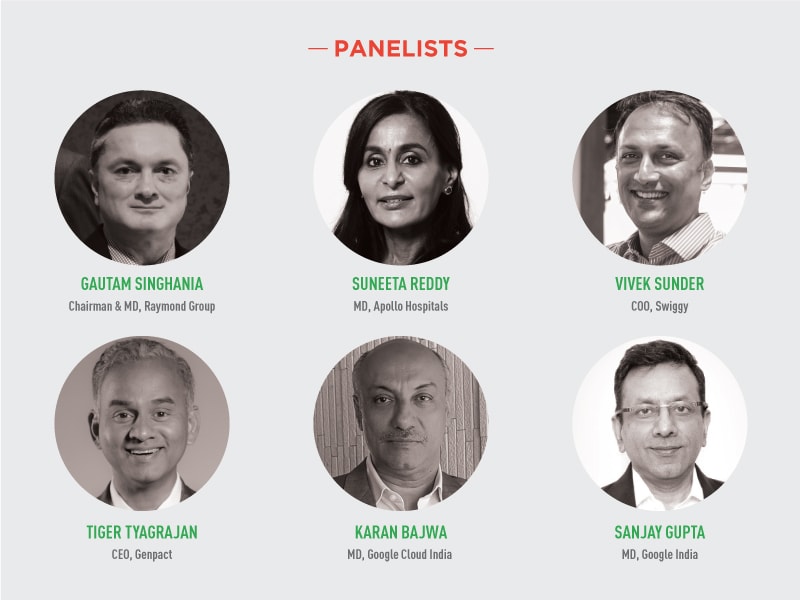

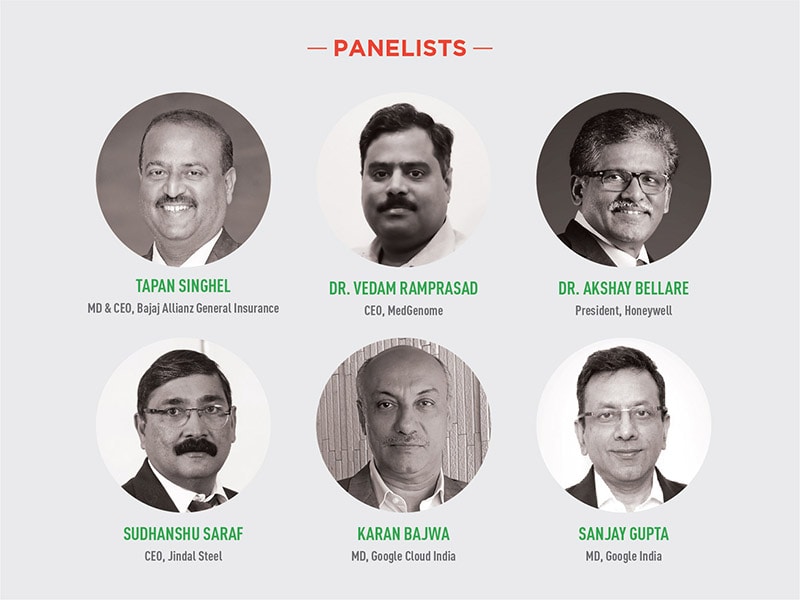
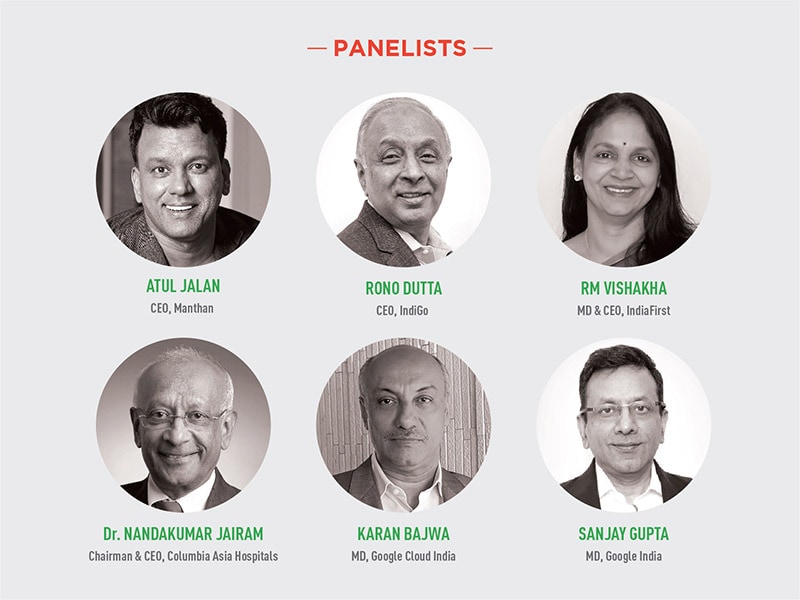
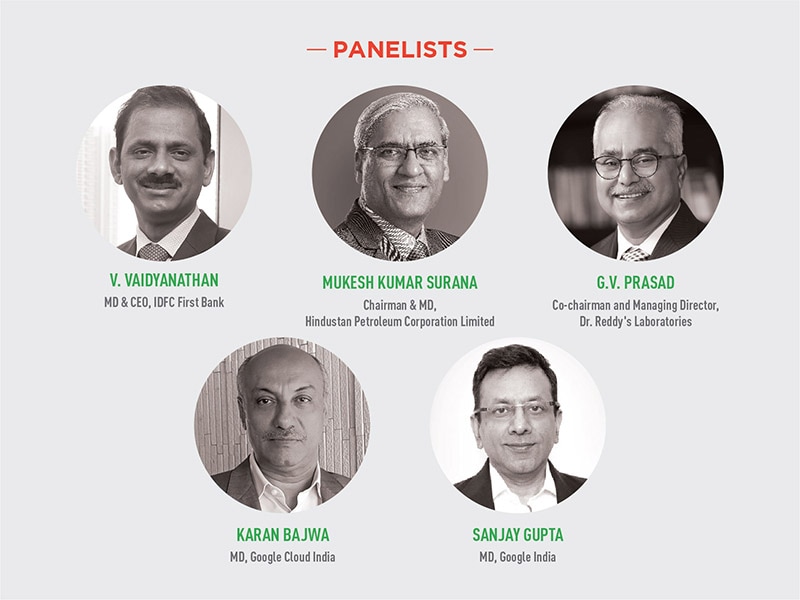
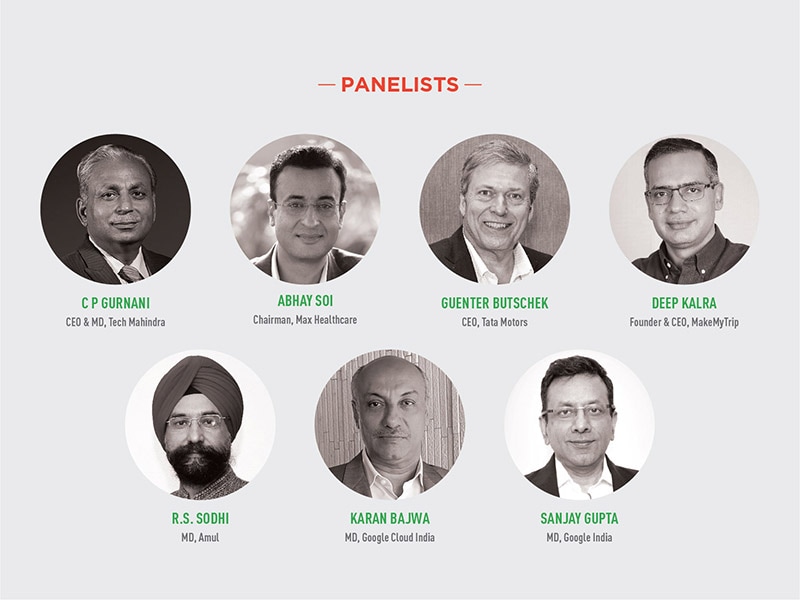
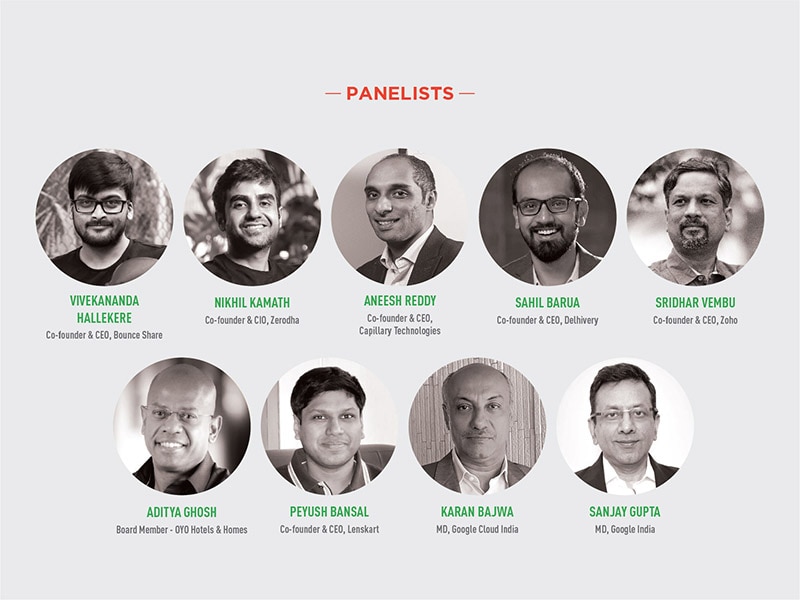

.jpg)











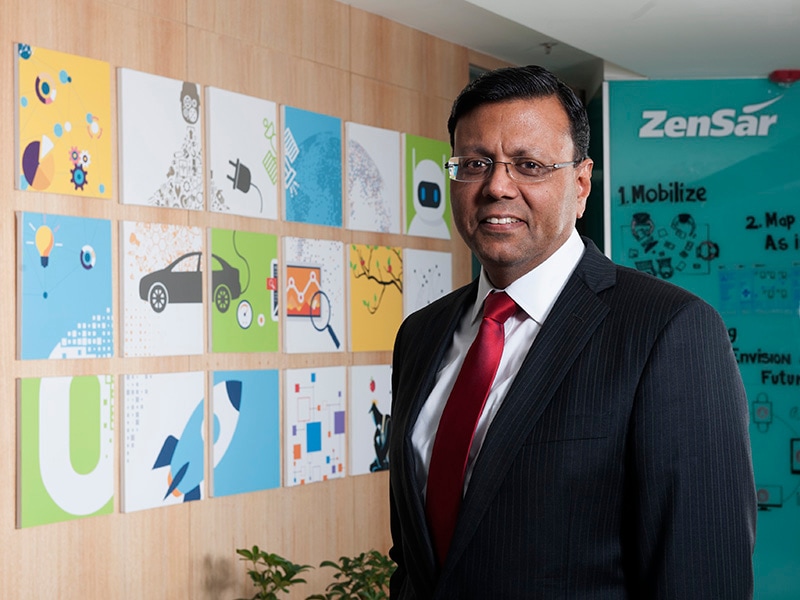











.jpg)






